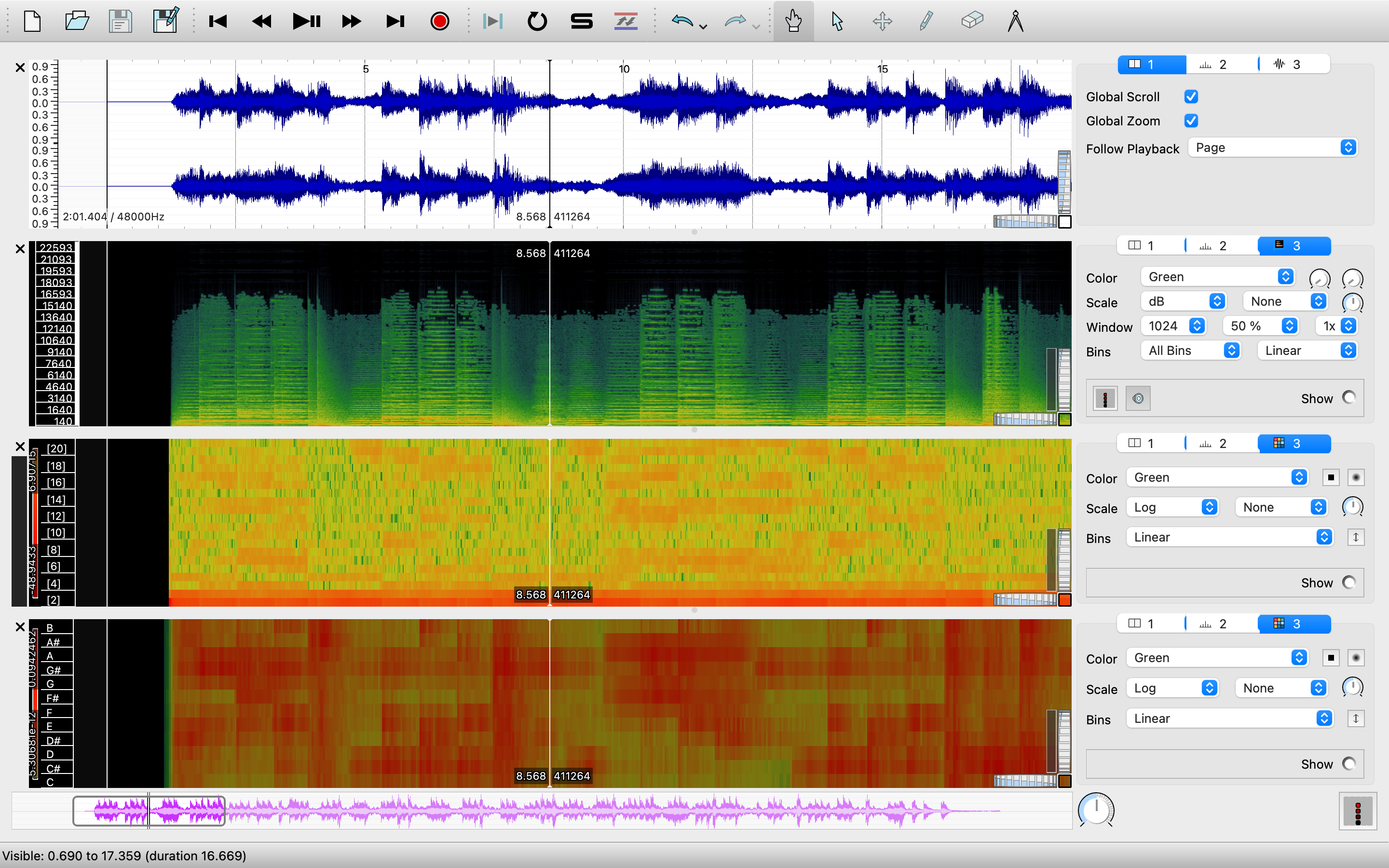
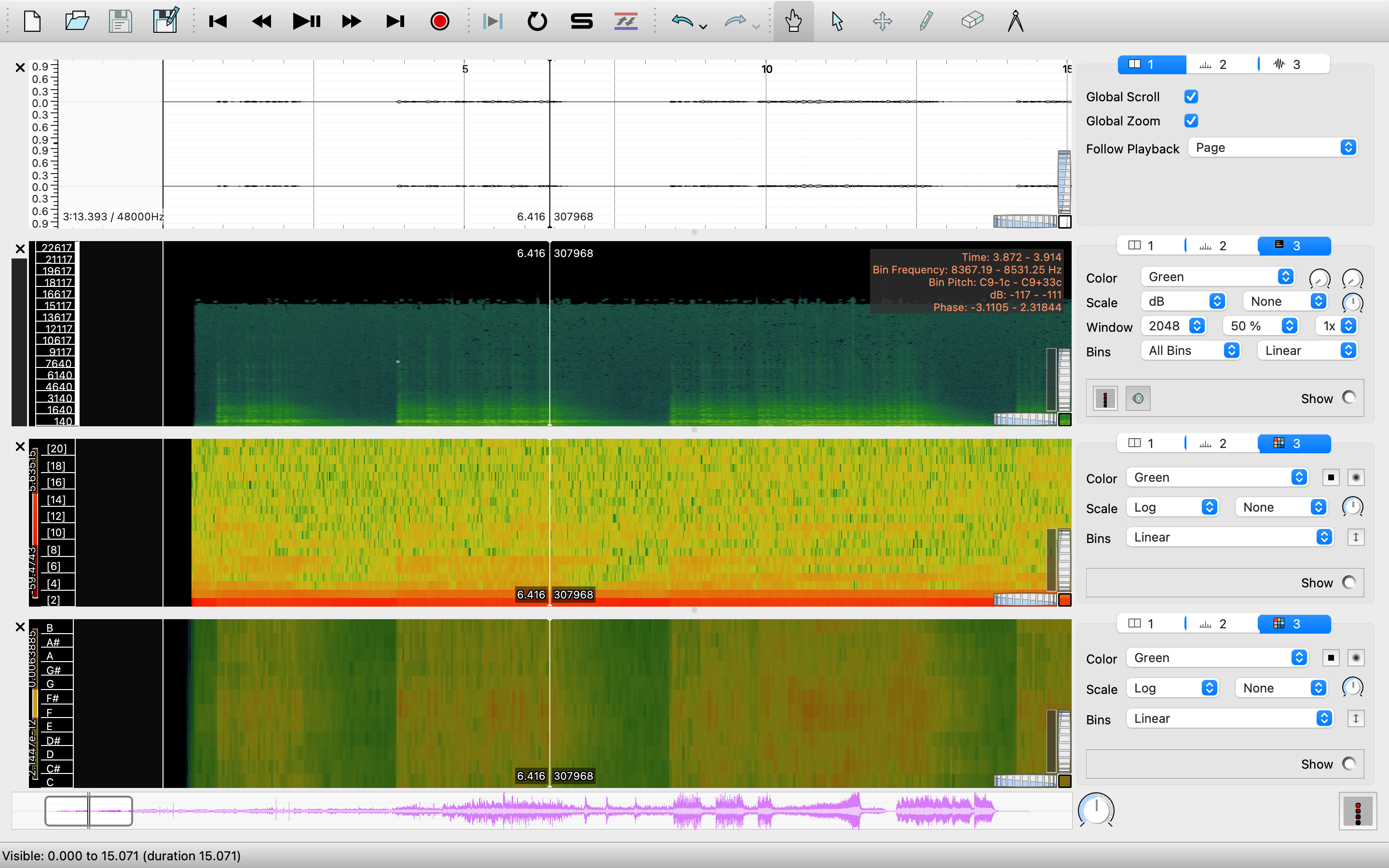
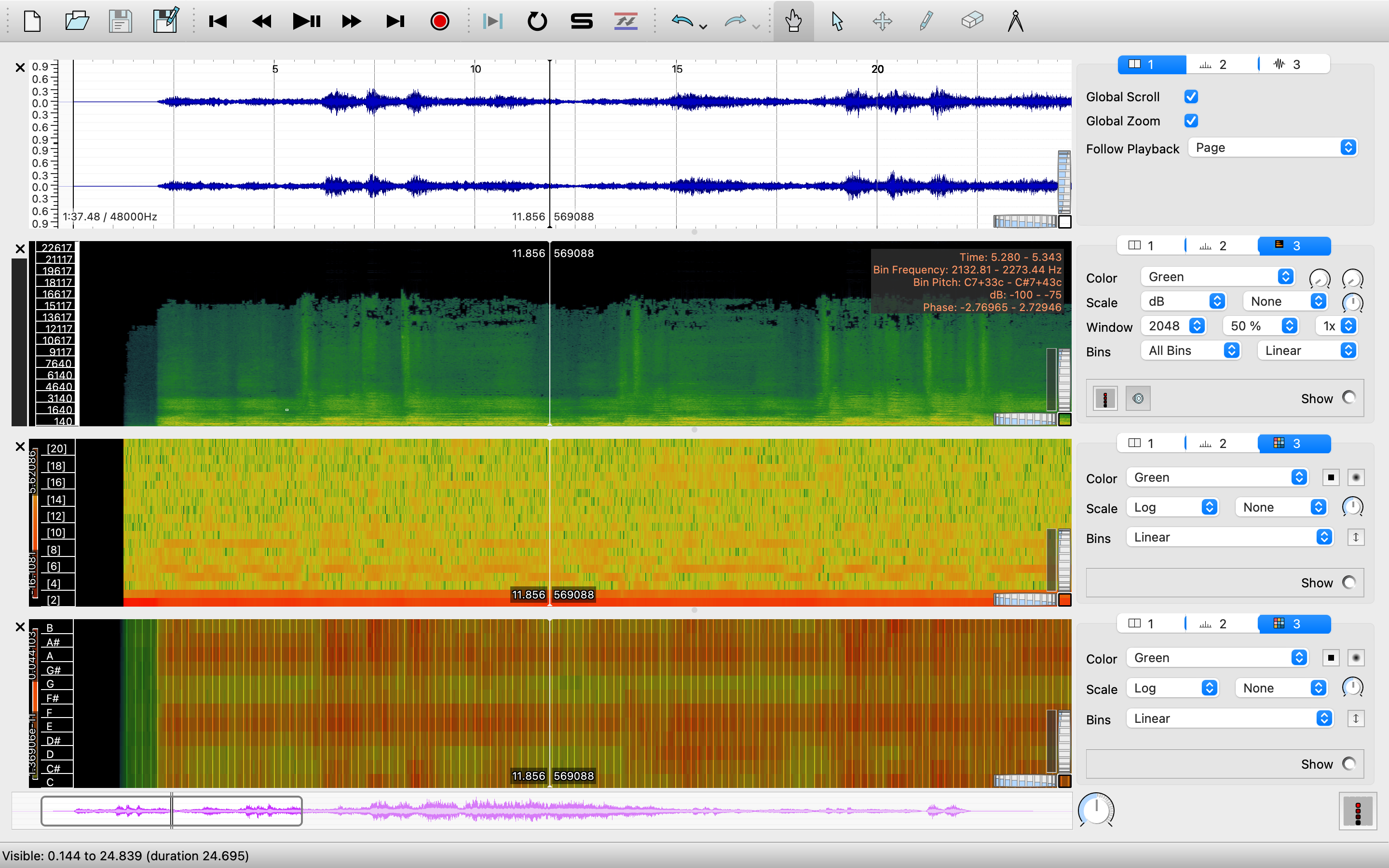
For this week, I have chosen three compositions written by Arvo Pärt, which I used last week. On the screenshots below, you can see the Sonic Visualiser transformations, namely Spectrogram, Mel Frequency Cepstral Coefficient and Chromagram.



For this task, we used Jupyter Notebook, uploading the transformed .CSV files of each track to the platform. This action allowed us to visualise the histograms of the functions for the three tracks. You can see the results below.
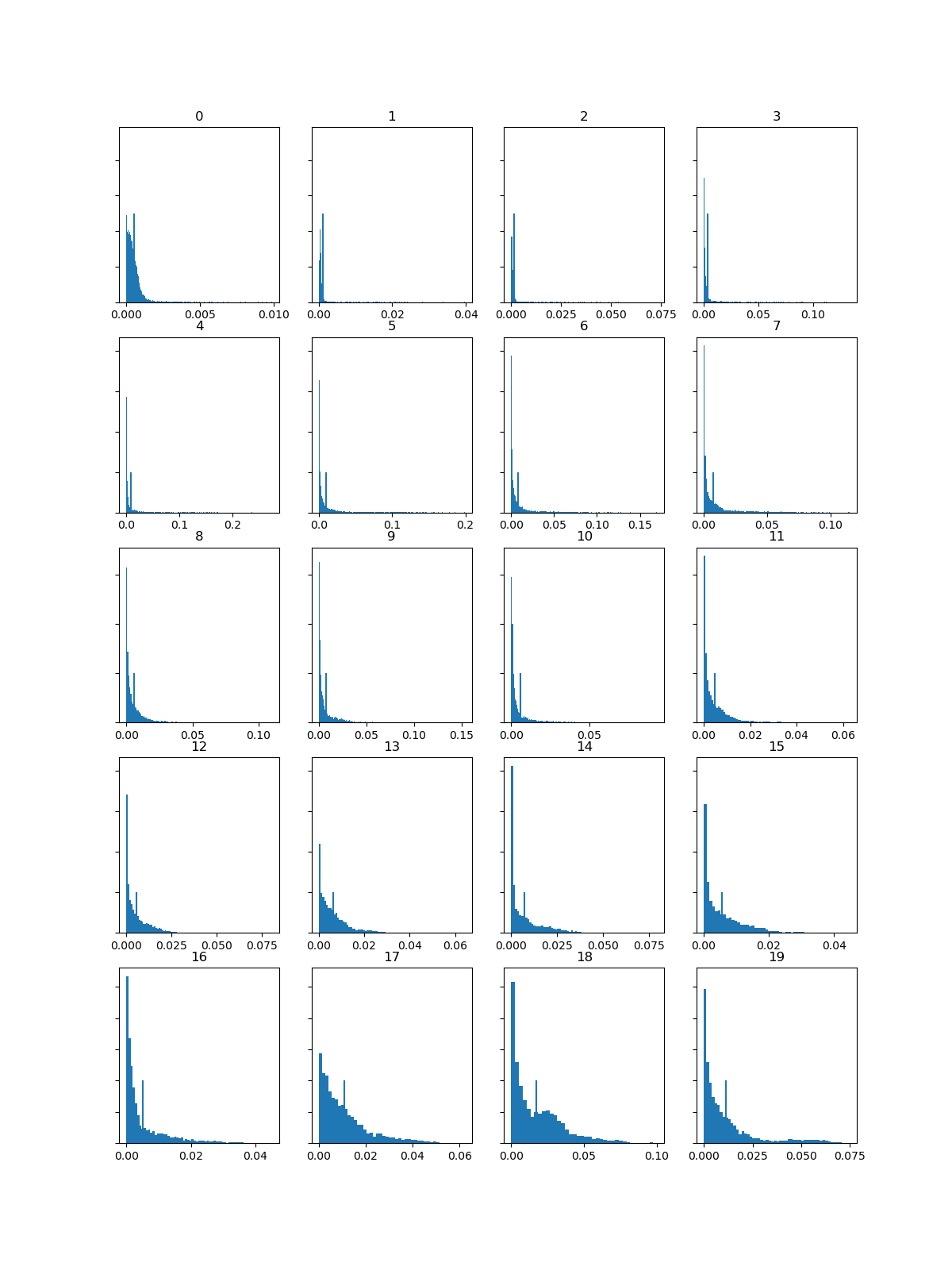
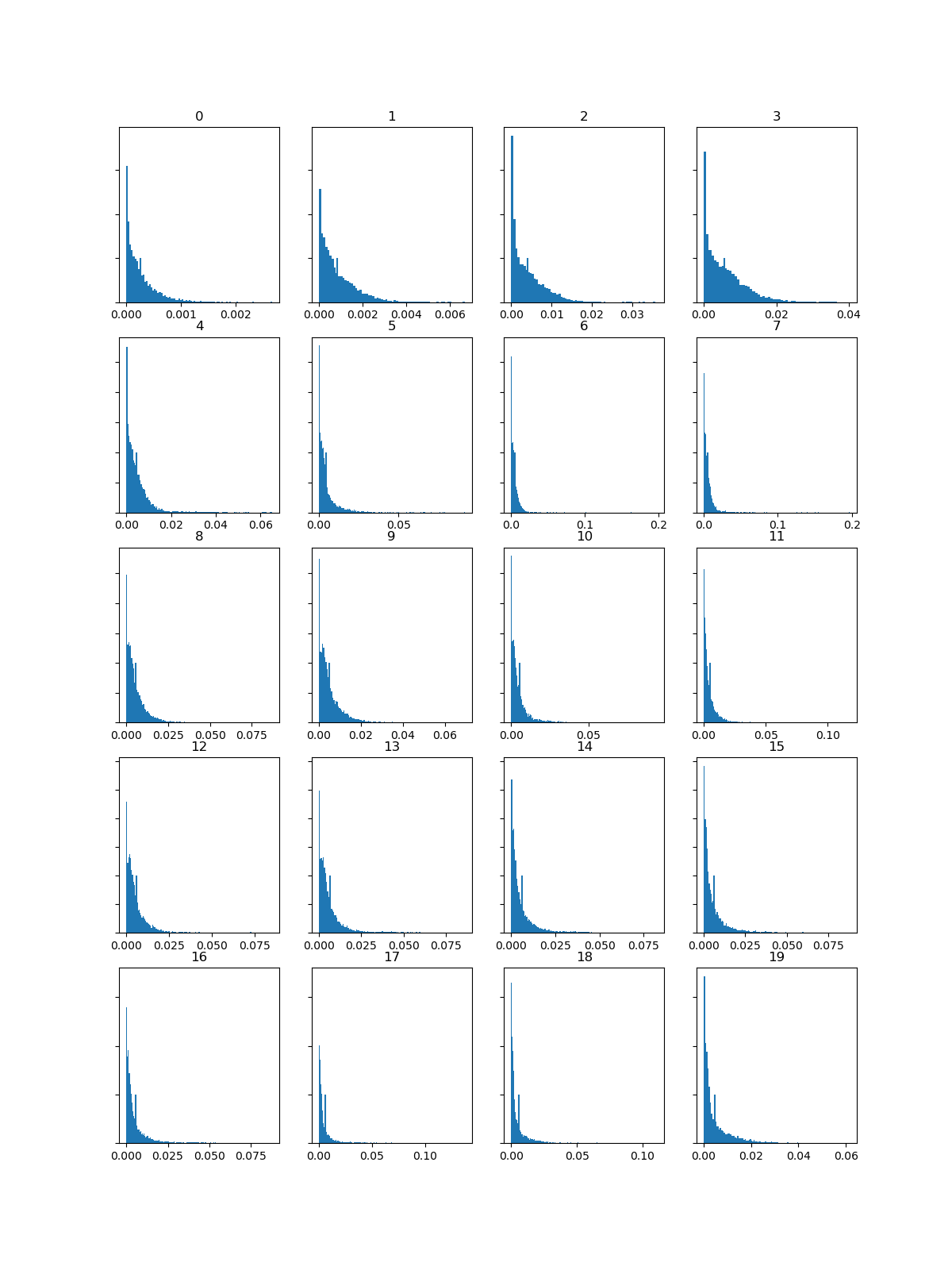
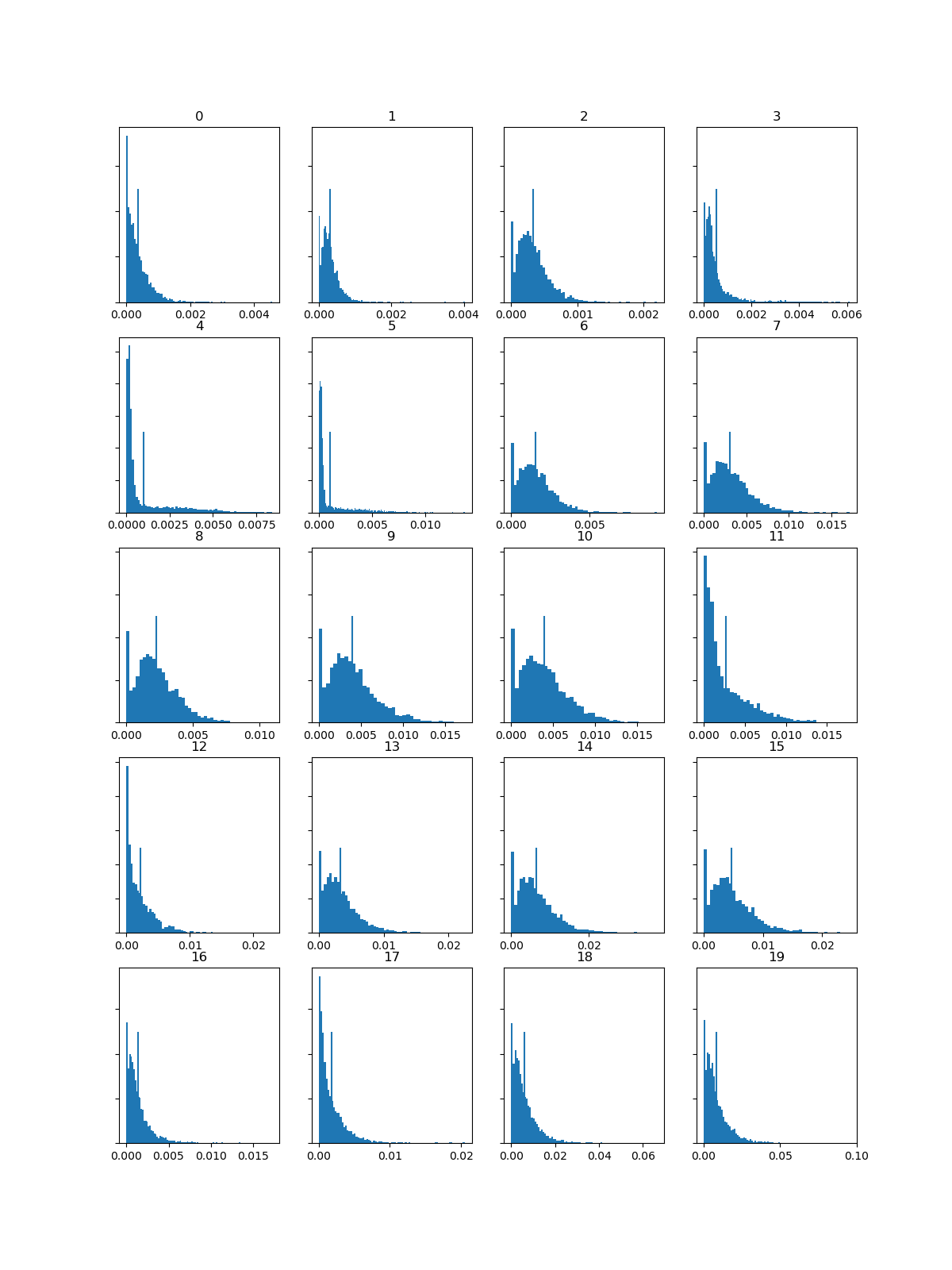
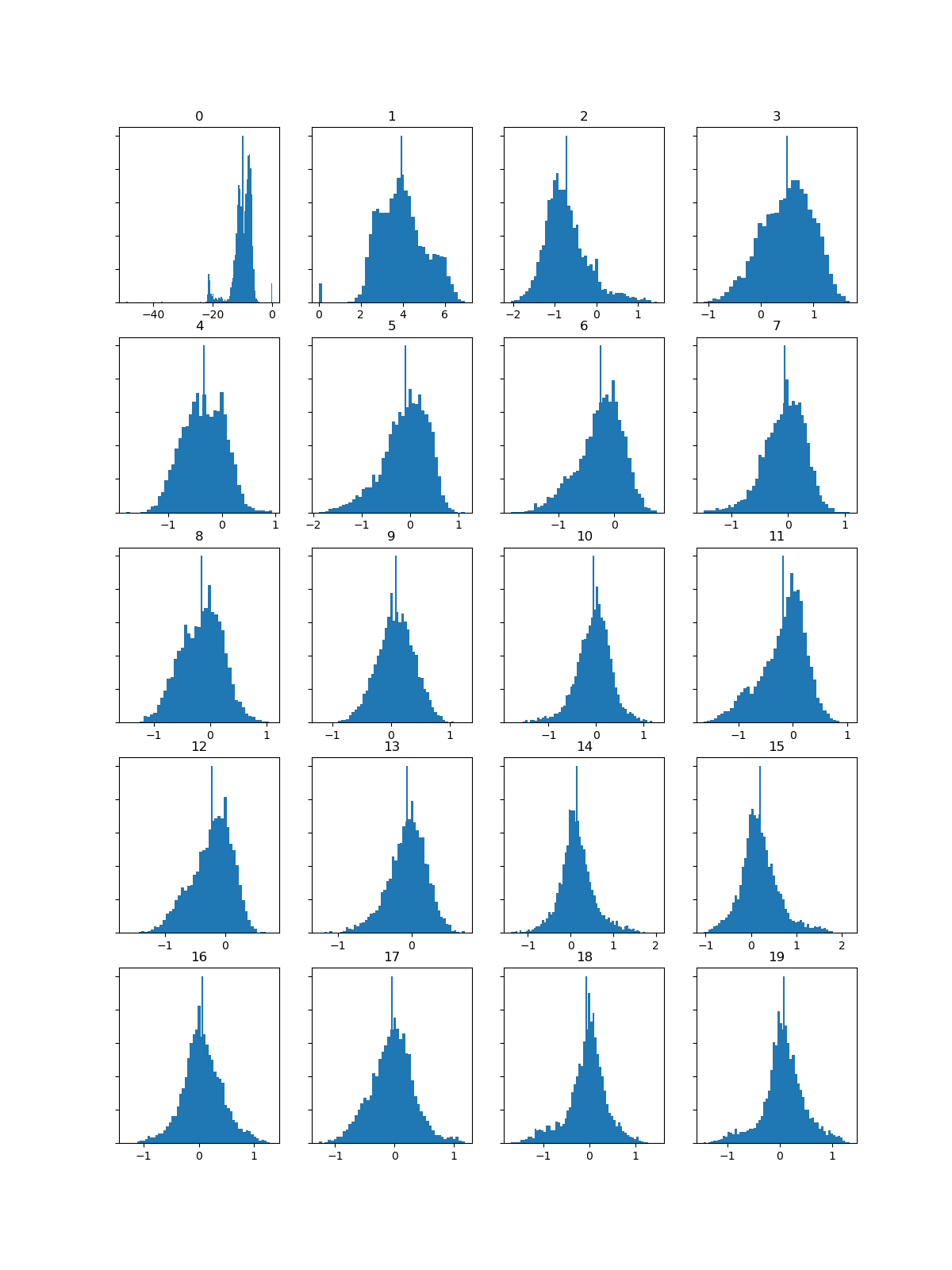
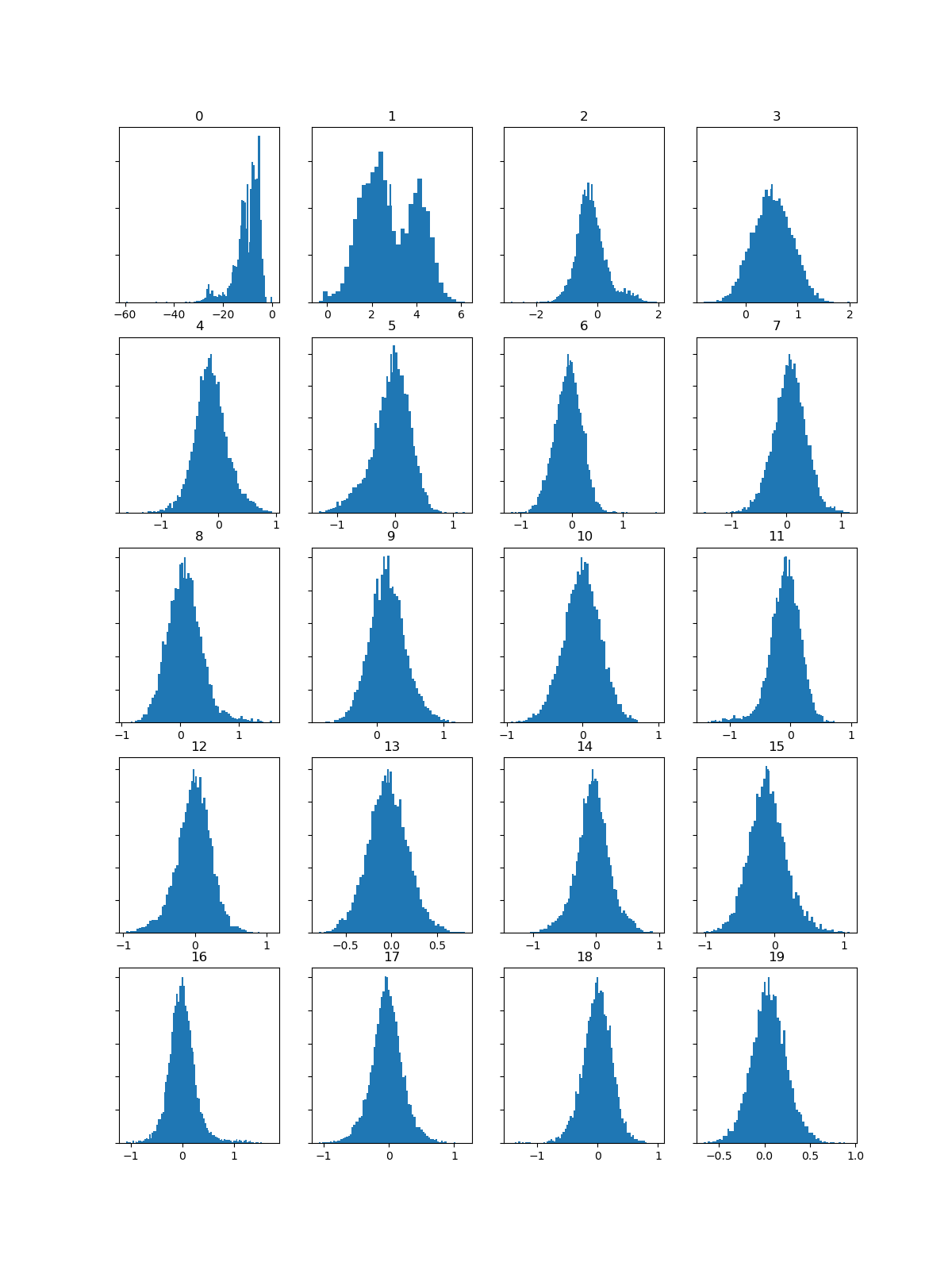
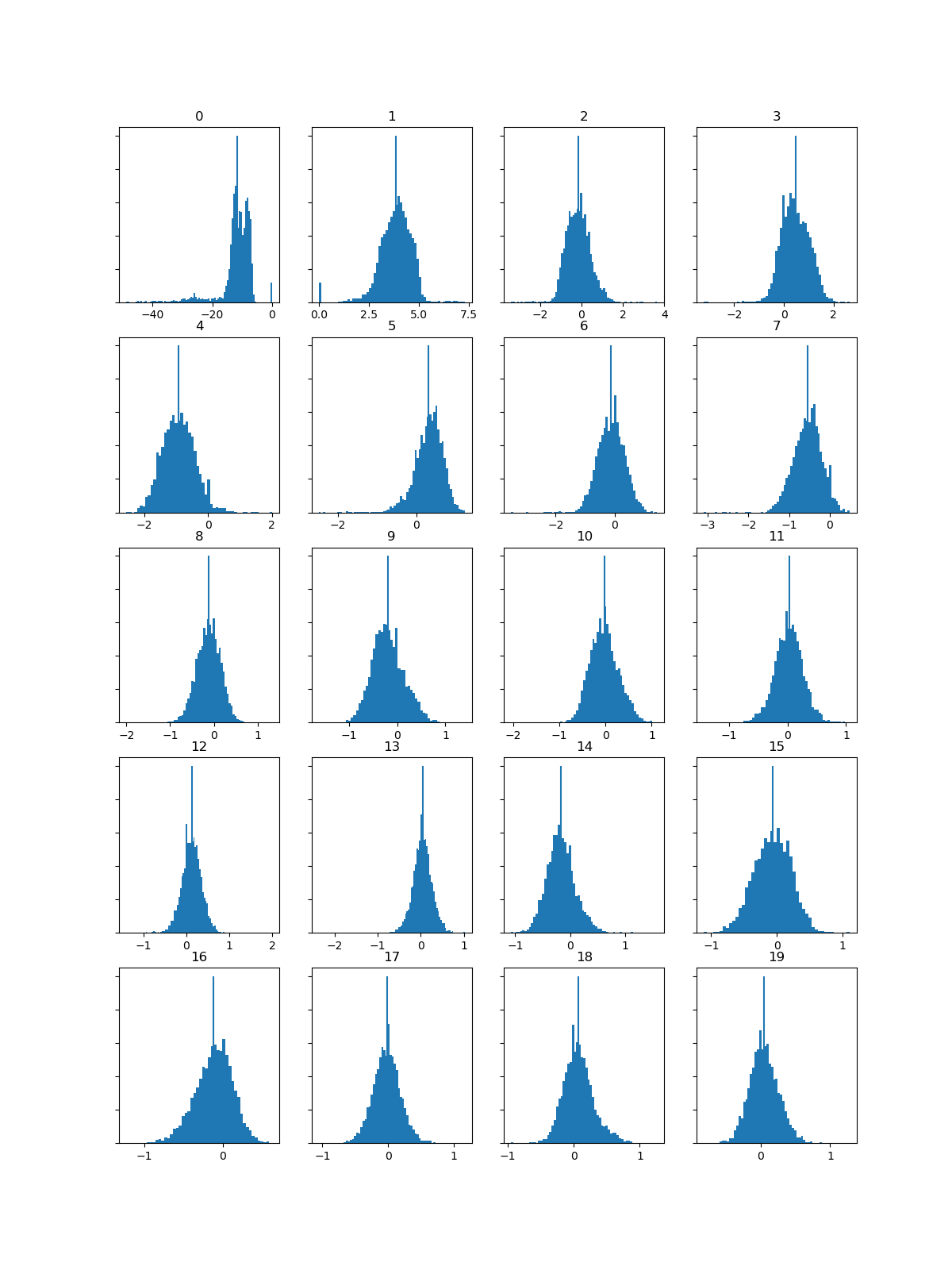
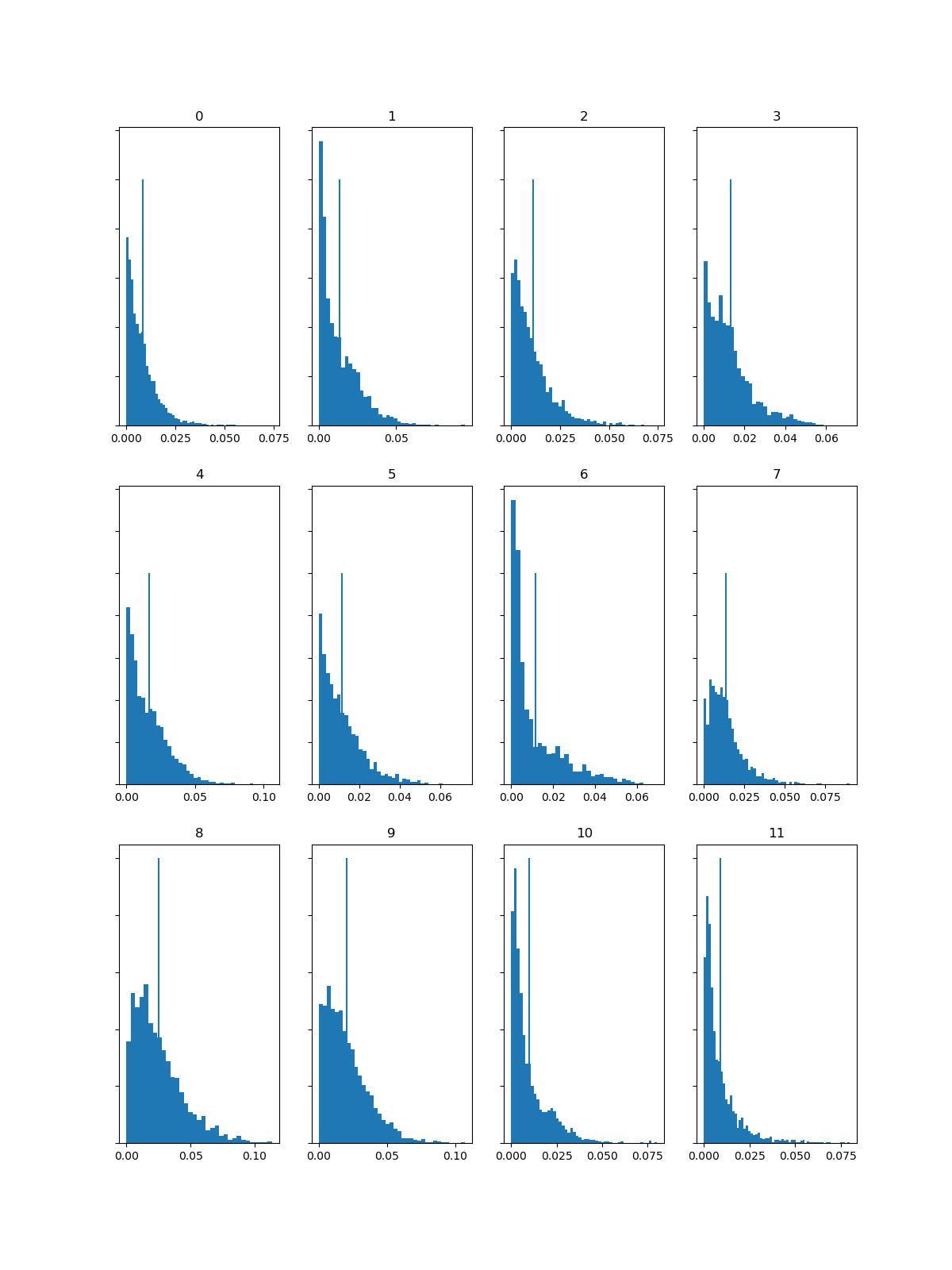
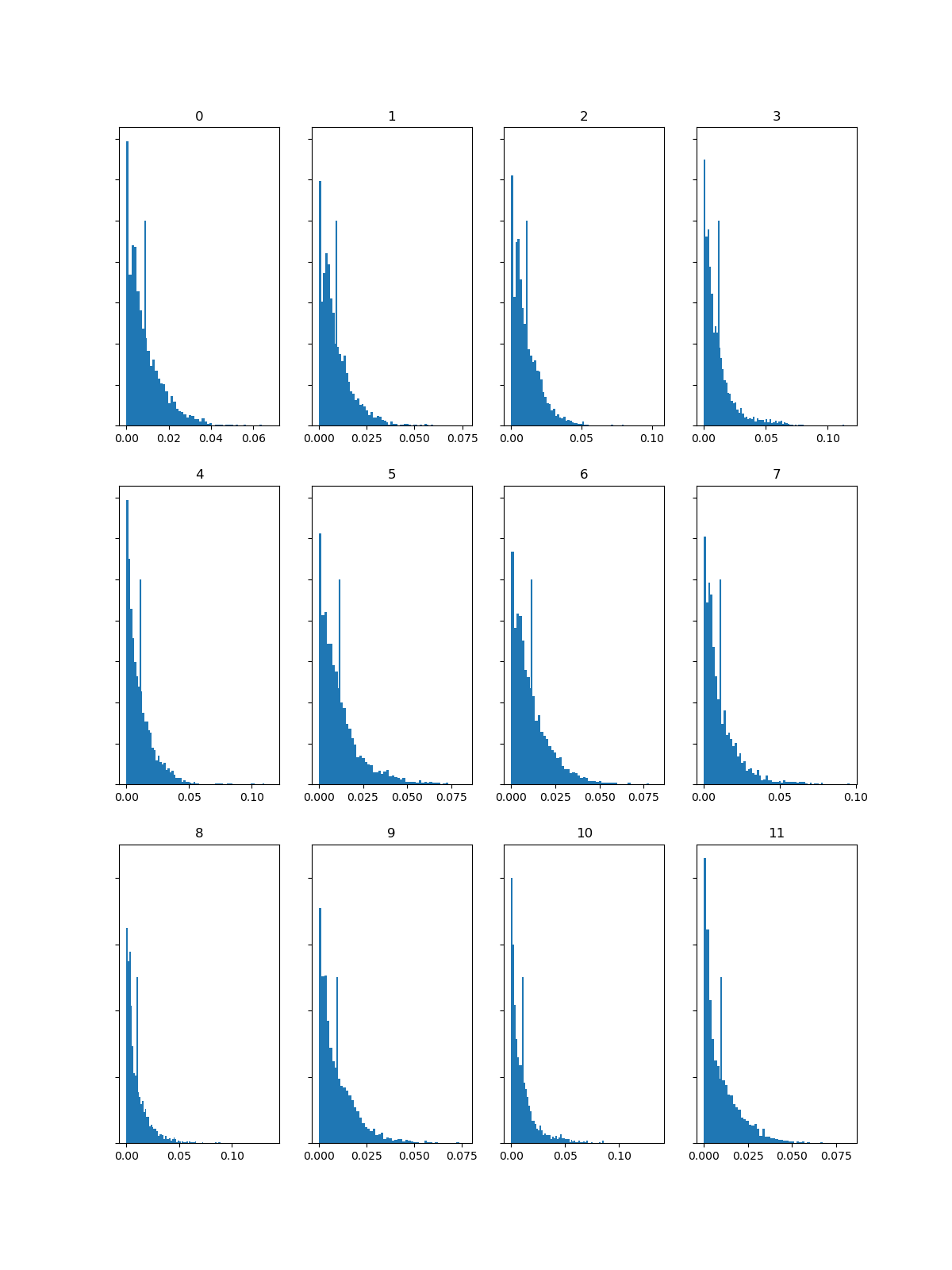
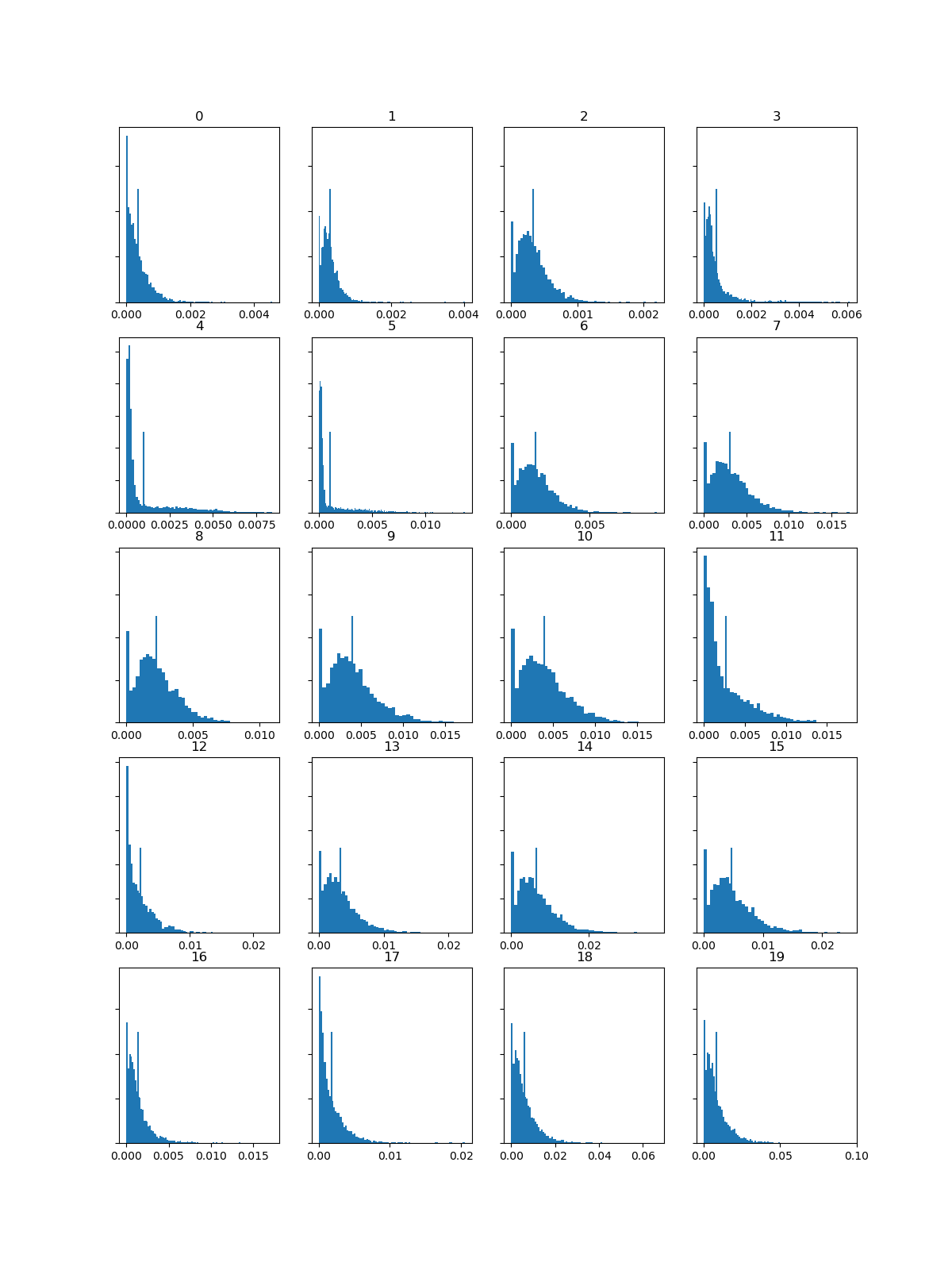
For this task, I decided to compare histograms related to Mel Frequency Cepstral Coefficients. It seems that the histograms of Lamentate VII.Stridendo and Pro et contra: III.Allegro look more similar to each other, while Drei Hirtenkinder aus Fátima is different. Since MFCC is usually used for timbre analysis, we can assume that the two compositions are similar to each other because they have a similar arrangement. Both compositions are performed by an orchestra, only in the first case it is cello and piano, in the Pro et contra: III.Allegro you can hear a clear cello. And Drei Hirtenkinder aus Fátima does not contain the same instruments, as it is a choral composition. Probably the most distinctive is the function number 2. Even if the histograms of Lamentate VII.Stridendo and Pro et contra: III.Allegro are somewhat similar, they also have significant differences. This can be seen in the sharpness of the high peaks in Pro et contra: III.Allegro.